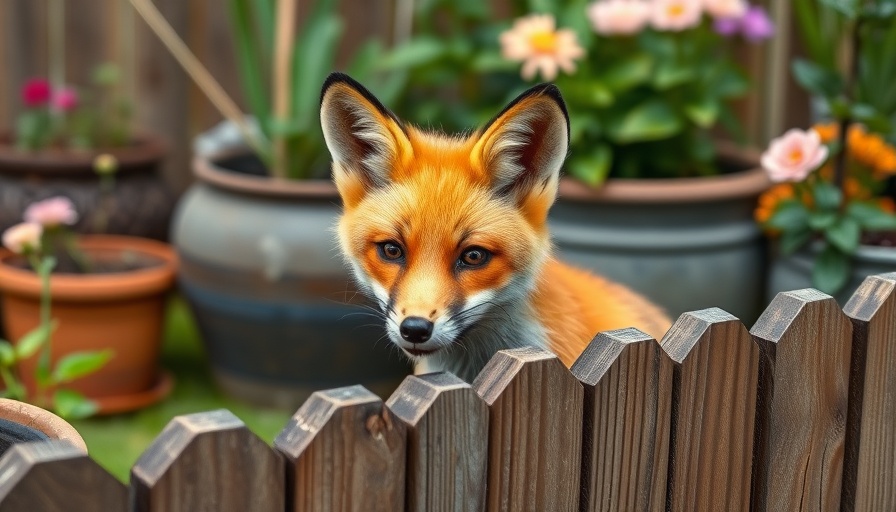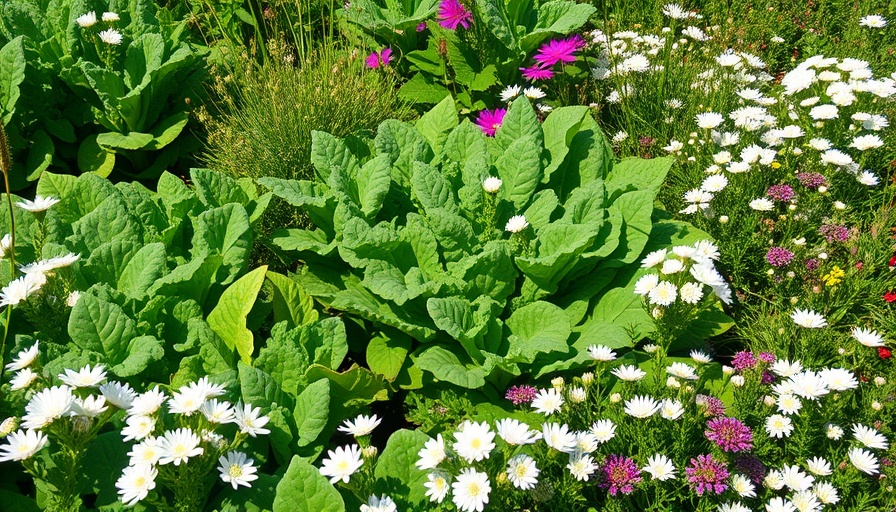
Uncovering the Urban Fox: Your Springtime Guide
As spring revives gardens across suburban and urban landscapes, encounters with local wildlife become increasingly frequent. One of the most intriguing—and sometimes challenging—visitors is the fox. These adaptable creatures, often thought to be purely wild, are making a notable mark in residential neighborhoods, mingling with lawns, gardens, and often, our everyday lives. Understanding their behaviors and how to manage encounters is crucial for ensuring the harmony of your outdoor space.
Recognizing Local Fox Species and Their Habits
When it comes to coexisting with foxes, knowledge is power. Several species of foxes find home in North America, each bringing unique traits to your garden:
- Red Fox (Vulpes vulpes): This species is the most commonly seen in urban settings, identifiable by its reddish-orange fur, white-tipped tail, and black legs. Their adaptability allows them to thrive in residential areas.
- Gray Fox (Urocyon cinereoargenteus): Known for its striking salt-and-pepper color, the gray fox can climb trees—an unusual trait that helps it evade predators.
- Swift Fox (Vulpes velox): With its small size and speed, the swift fox is more commonly found in open grasslands, playing a vital role in natural pest regulation.
- Kit Fox (Vulpes macrotis): These agile canids thrive in desert conditions, showcasing adaptations such as large ears that help dissipate heat.
- Arctic Fox (Vulpes lagopus): Uniquely designed to endure frigid climates, the arctic fox boasts thick fur that changes color with the seasons.
Recognizing these fox types not only enriches your understanding of their behavior but also aids in devising effective management strategies that respect their role in the ecosystem.
Signs of Fox Activity in Your Garden
How can you tell if a fox is making a visit to your garden? Here are some telling indicators:
- Tracks: Look for paw prints that typically show a distinct triangular shape, often found in soft ground.
- Droppings: Fox droppings often contain fur and bone fragments, a sign of their prey-based diet.
- Vocalizations: Listen for their characteristic barks, yips, or screams, particularly during their mating season in late winter to early spring.
Being aware of these signals can prepare gardeners for potential encounters, allowing for timely responses to keep your outdoor space secure.
Why Foxes Are Drawn to Your Garden
Understanding the factors that attract foxes can also empower homeowners to adapt their gardening strategies:
- Food Sources: Foxes are opportunistic omnivores. If your garden offers easy meals through pet food, compost, or unsecured trash, they’ll likely become regular visitors.
- Shelter: Overgrown areas, brush piles, or even garden sheds provide foxes with excellent hiding spots and breeding grounds.
By addressing these attractants, you can create an environment that balances wildlife enjoyment with the protection of your garden beds.
Ways to Coexist Peacefully with Urban Foxes
While foxes can pose challenges in terms of garden damage, fostering a peaceful coexistence is achievable. Here are some proactive tips:
- Secure Trash: Keep garbage bins sealed to avoid attracting foxes drawn to food sources.
- Fencing: Consider installing rabbit-proof fencing around garden beds to reduce the likelihood of dinner raids.
- Repellents: Utilize natural repellents such as citrus peels or commercially available fox deterrents to influence their movement.
Fostering coexistence prevents adversarial encounters while allowing you to appreciate the presence of these fascinating creatures.
Future Trends: The Growing Role of Wildlife Management in Urban Areas
As wildlife increasingly interacts with urban environments, understanding and managing these encounters will be vital. Homeowners can take initiative not just for their properties but to contribute positively to local ecology. By advocating for wildlife-friendly gardening practices, everyone plays a role in maintaining biodiversity while enjoying the beauty of nature right in their backyards.
In conclusion, by recognizing local fox species, identifying signs of activity, understanding attraction factors, and employing coexistence strategies, homeowners can cultivate a harmonious spring garden. Wild encounters can be thrilling, but it's essential that we respect and understand our four-legged neighbors.
If you want to learn more about maintaining garden harmony while respecting wildlife, make sure to check out our comprehensive guides and tips!
 Add Row
Add Row  Add
Add 






Write A Comment